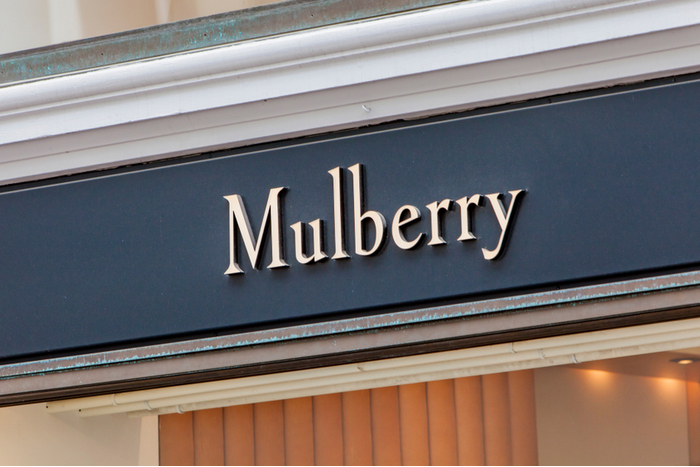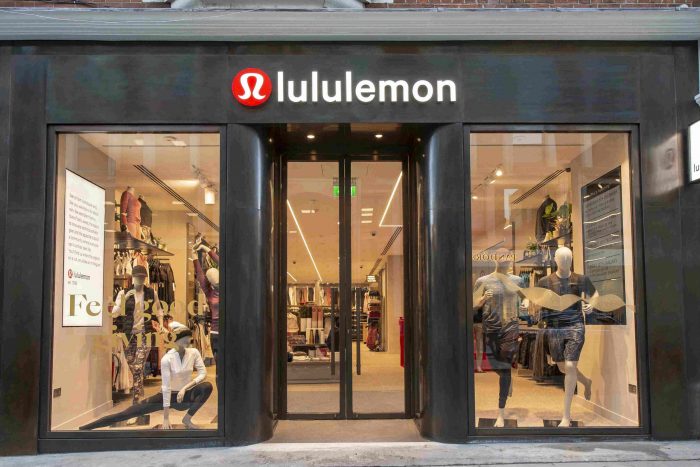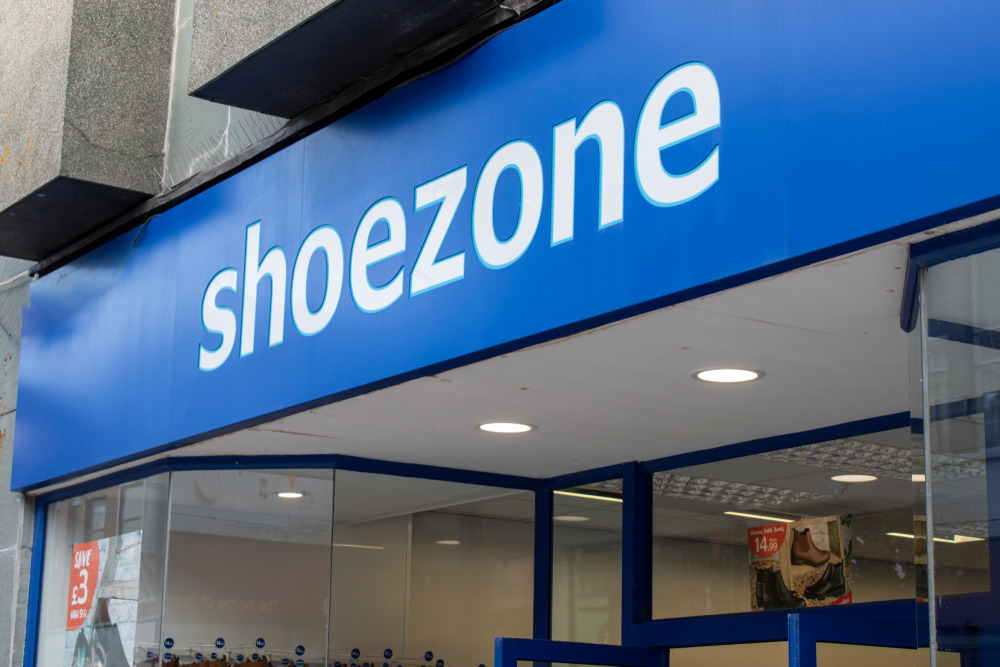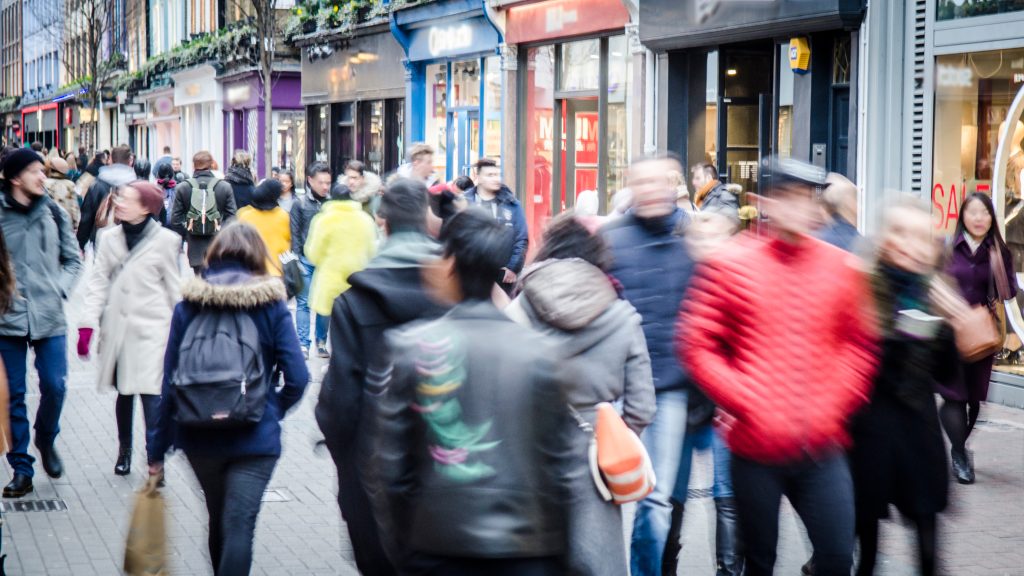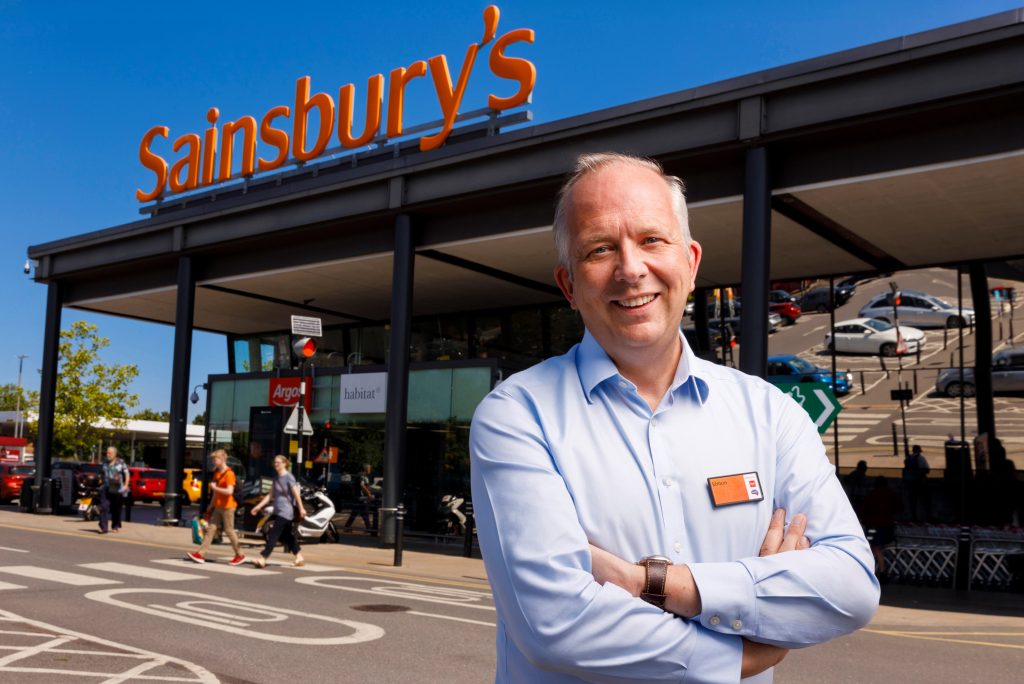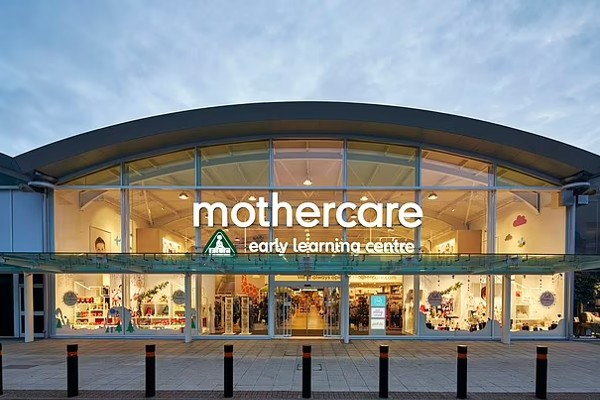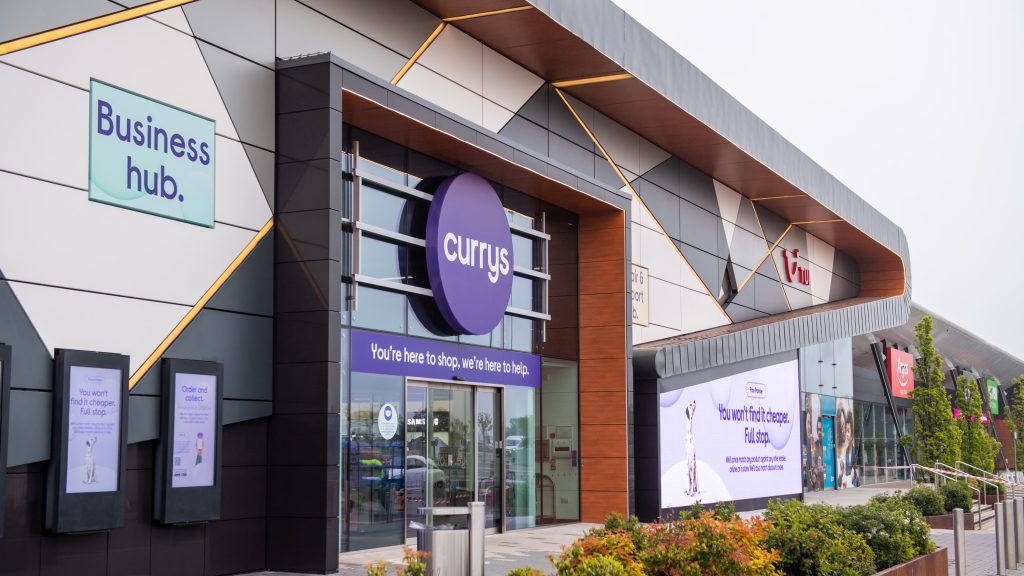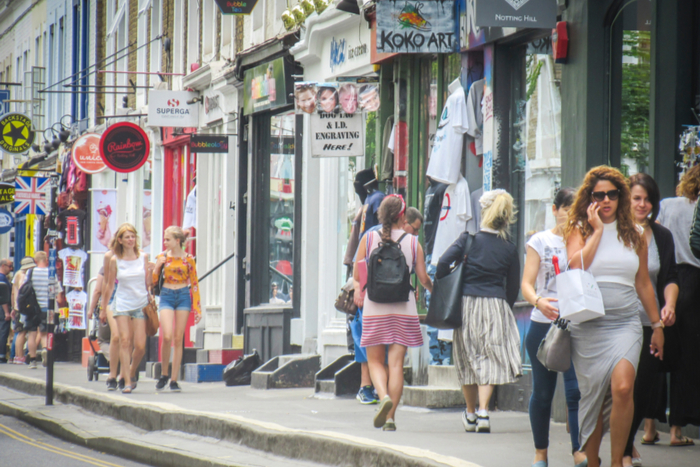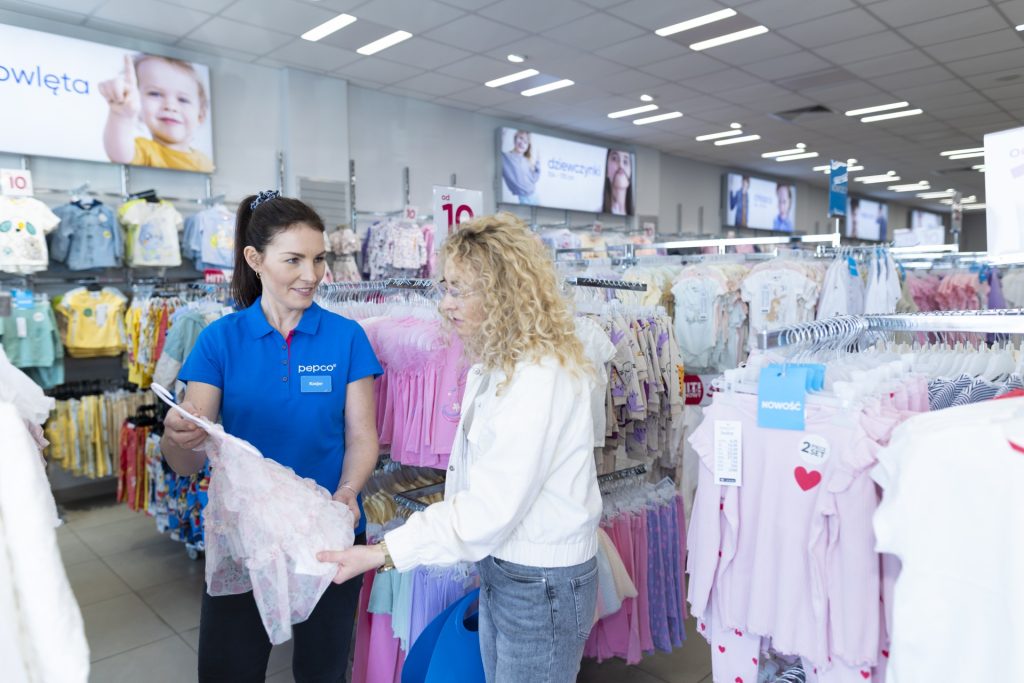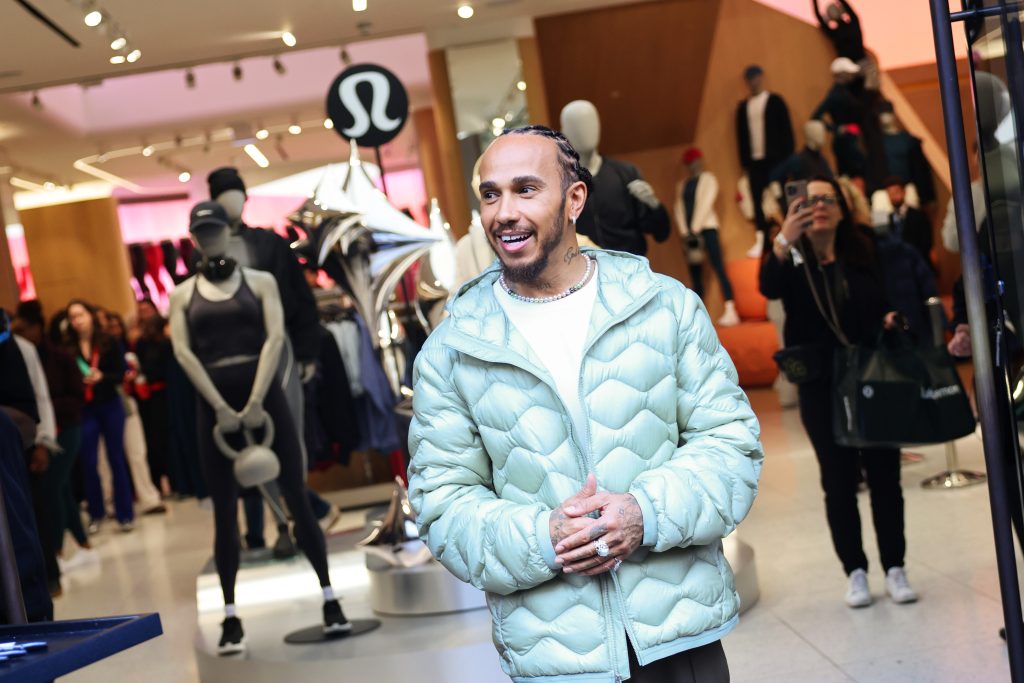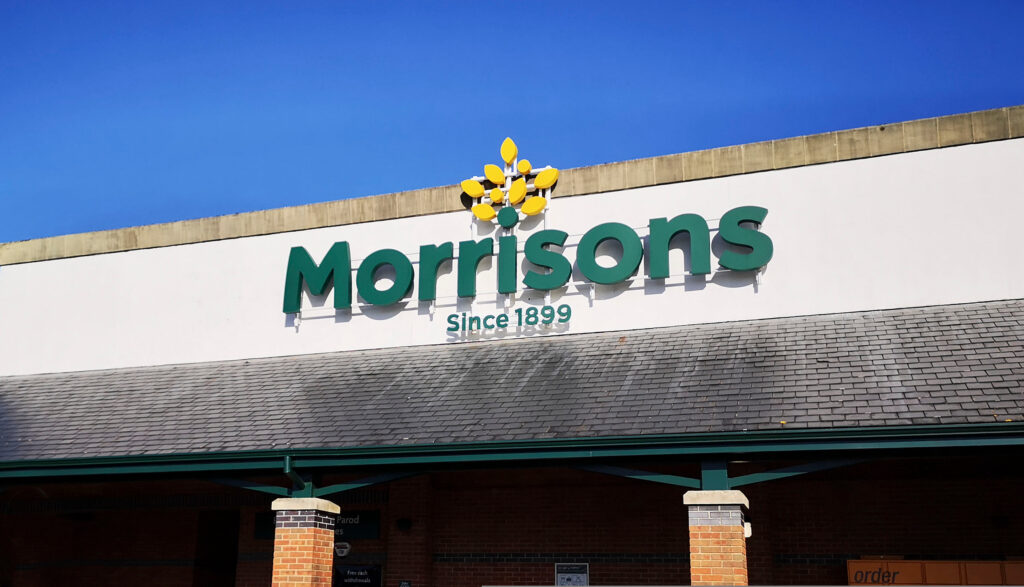A majority of consumers prefer to use cards over cash to buy items up to £20, with 61 per cent of shoppers favouring paying with plastic, according to research released today.
Payments provider Barclaycard, which recently hit a milestone as over one million transactions a month now take place via contactless payment, conducted research which highlighted a significant shift in consumer spending behaviour.
In a sign that public understanding of contactless payment is growing, 84 per cent of consumers can now identify the contactless symbol, almost double the number from a year ago.
Richard Armstrong, Retailer Relationship Director at Barclaycard, explained the findings.
“The number of people using contactless has rocketed over the last year and, across Barclays, we‘re now seeing our customers make more than a million such payments per month.
“We‘re now working with a much wider range of retailers across transport, supermarkets, entertainment and indeed anywhere you currently use cash.”
Despite the increasing adoption of such technology, retailers must battle against a perception that contactless is not secure, as 75 per cent of people did not realise that the method is insured against fraud.
Once this was explained, over 40 per cent of respondents said they were more inclined to use it, and Mark , CIO and Supply Chain Director of The Co-operative Food which is trialling the technology, said that shoppers have reacted well to the change.
“Once shoppers have used contactless technology they really seem to appreciate the quicker payments and are choosing to use it on a regular basis,” he said.
“My advice to customers is to try it when you next make a purchase in one of the stores that offers contactless payment.”
Earlier this month, high street retailer Marks and Spencer was the latest to roll out the technology across its stores in a bid to reduce queuing times and speed up transactions as the method proves increasingly popular on the high street.
Behavioural psychologist Donna Dawson explained that, though such implementations take time to understand and trust, the reaction from consumers is encouraging.
“There are connected issues at work – habit and fear,” she noted.
“We‘ve been using coins since 600BC, which is a tough habit to break. Because of this, different ways to pay have the shock of the ‘new‘, and if we have no experience of something, we fear it.
“Increased recognition leads to a significant trend developing, and represents the breakthrough of a psychological barrier.
“So the fact that we‘re witnessing this with a technology which is only five years old compared to centuries of cash is remarkable.”

